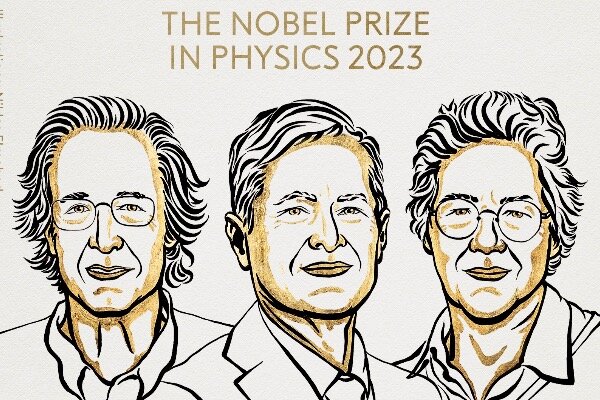
The Nobel Academy said their studies had given humanity new tools for exploring the movement of electrons inside atoms, where changes occur in a few tenths of an attosecond – a unit so short that there are as many attoseconds in one second as there have been seconds since the birth of the universe.
The prize, which was raised this year to 11 million Swedish crowns (about $1 million), is awarded by the Royal Swedish Academy of Sciences.
“The ability to generate attosecond pulses of light has opened the door on a tiny, extremely tiny, time scale and it’s also opened the door to the world of electrons,” said Eva Olsson, member of the Nobel Prize in Physics Selection Committee.
It was once thought that these changes in electrons could not be seen, but the use of attosecond pulses has changed this, Reuters quoted her as citing.
In an example of possible applications, the field held promise in areas such as a new in-vitro diagnostic technique to detect characteristic molecular traces of diseases in blood samples, the academy said.
MP/PR




